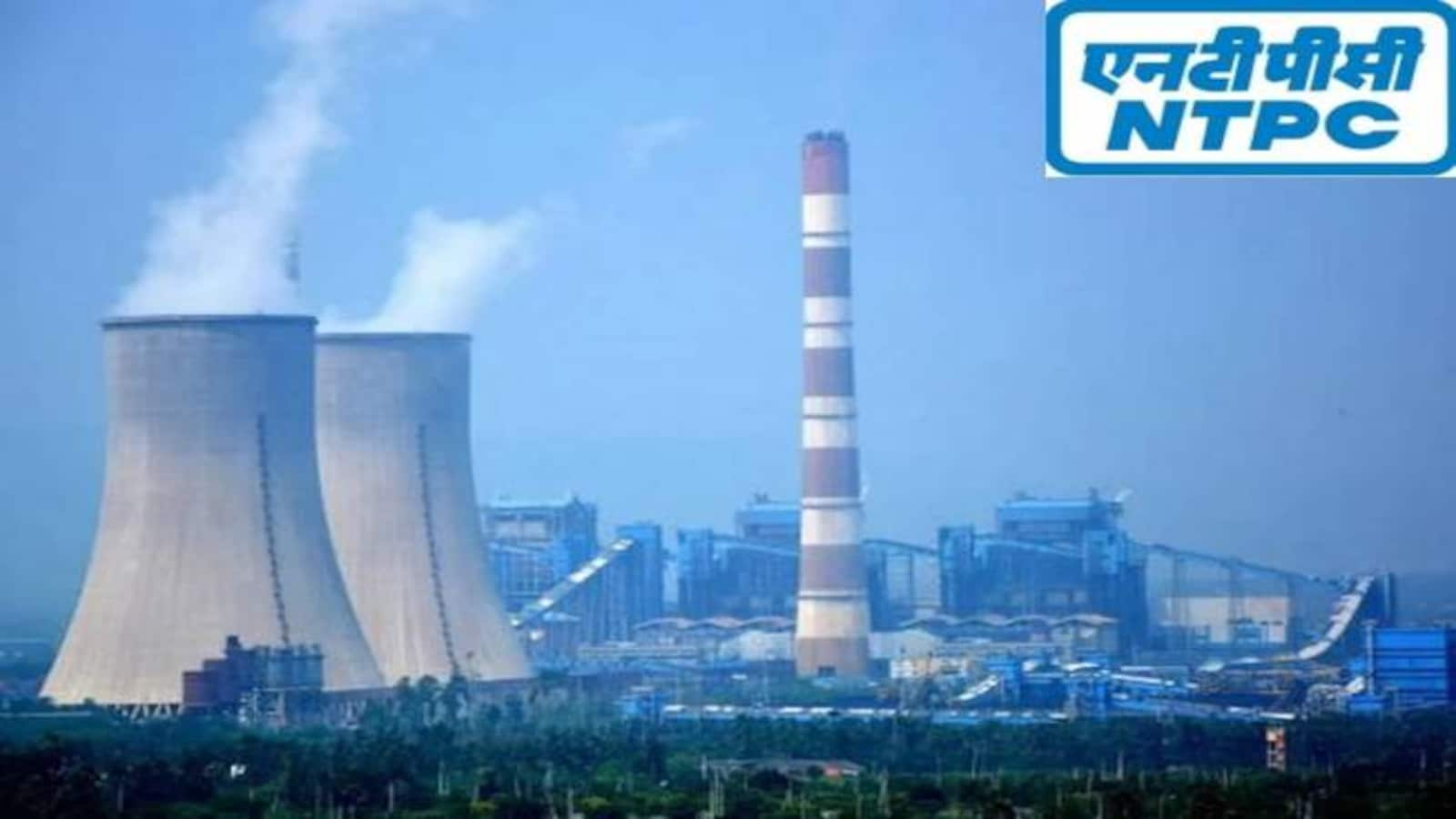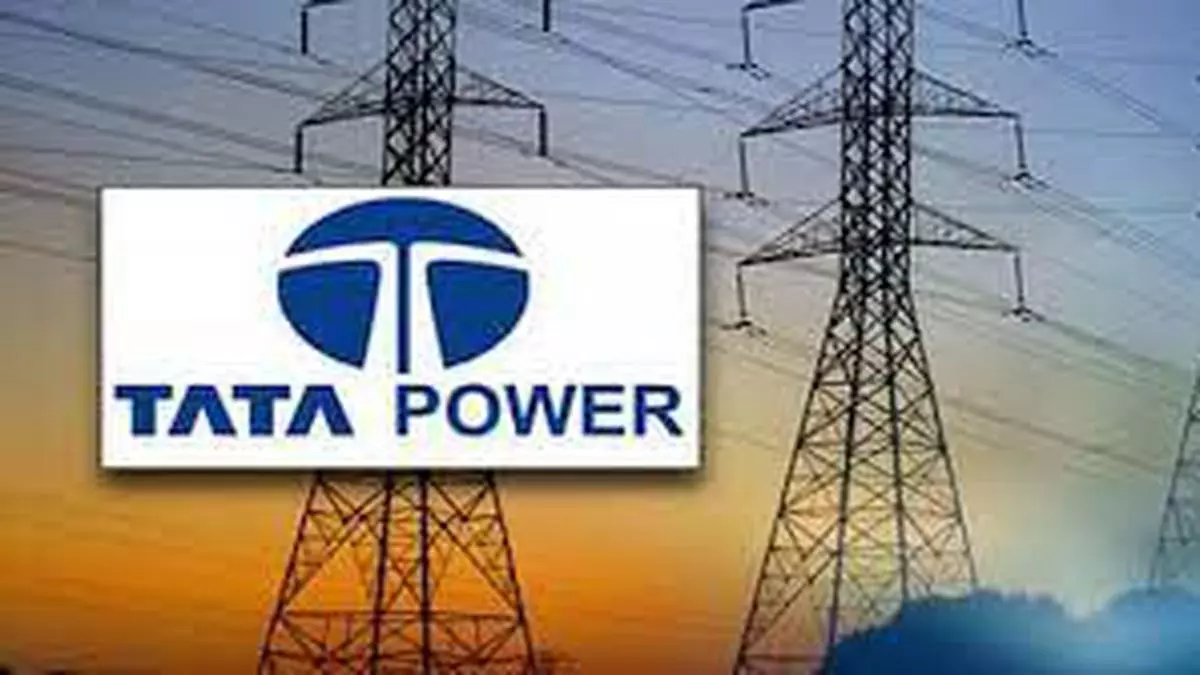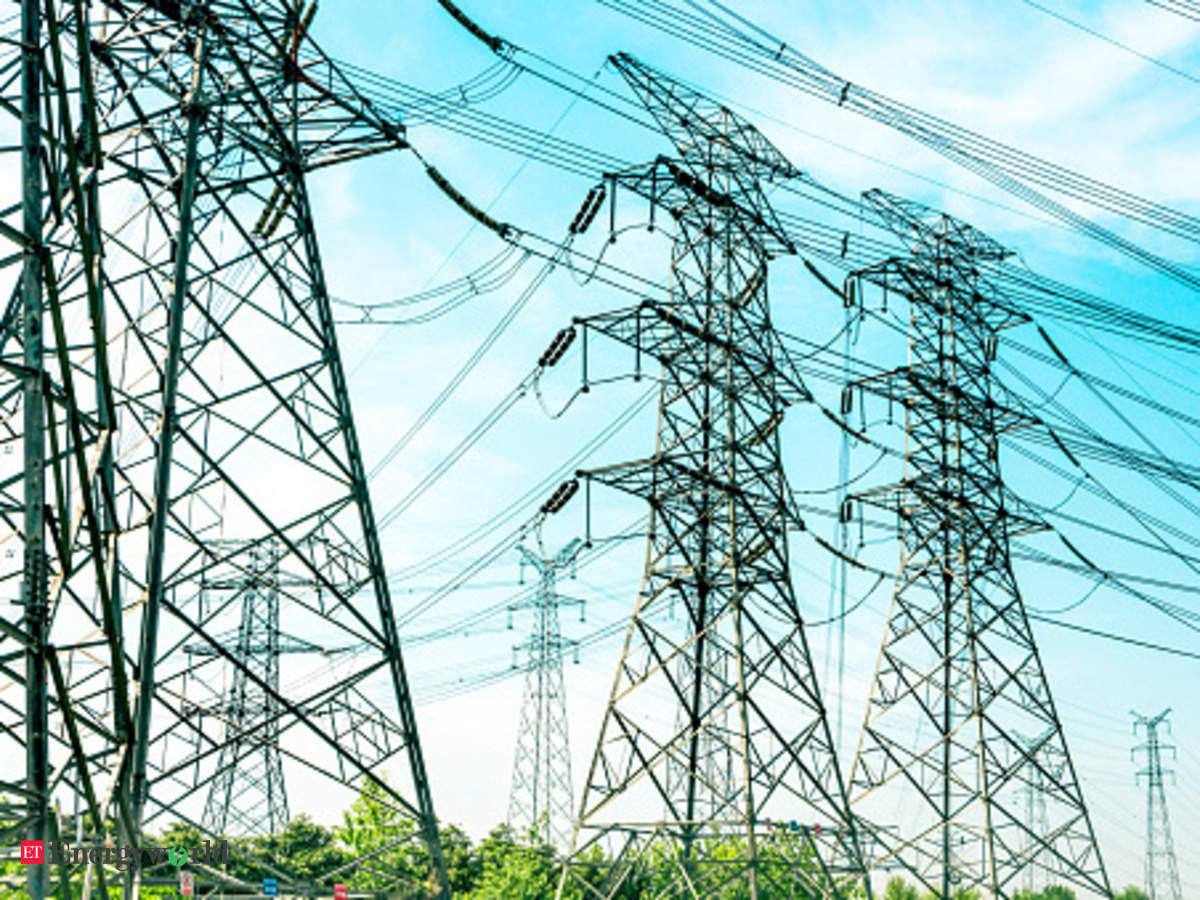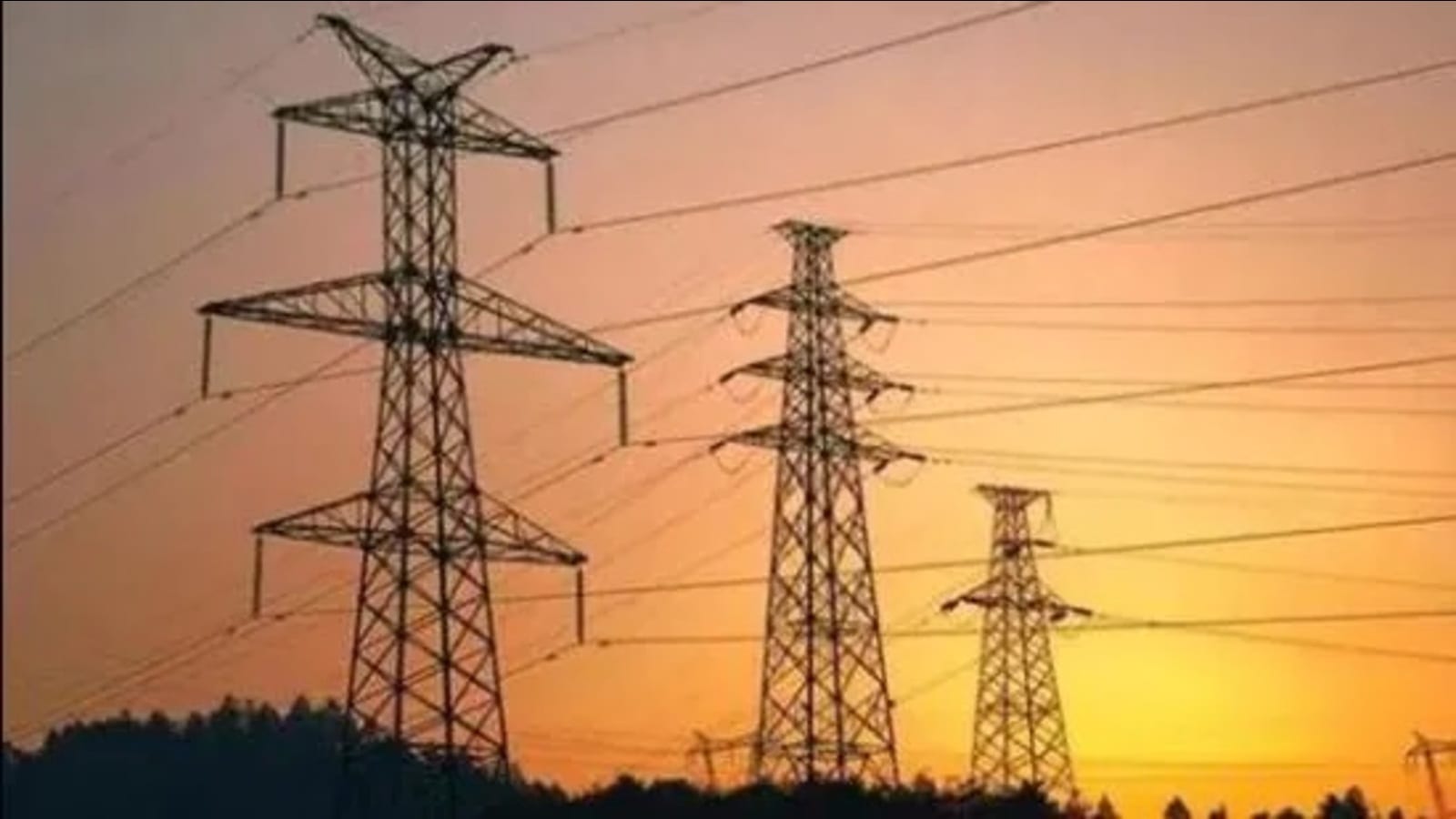Top 10 Best Power companies in India 2023

Top 10 Best Power companies in India 2023
The sectors of power companies, transport, and distribution can be considered to make up the value chain of the Indian power sector. As of March 31, 2019, the installed generation capacity throughout India was 3,56,100.19 MW (provisional). Considering that the FY 2018–19 peak load supply shortage was 1494 MW (0.8%), the peak load requirement of 1,75,528 MW was largely satisfied. This shows that power shortages caused by a lack of generation capacity, which afflicted the industry until recently, have been remedied.

The Central Electricity Authority (CEA) predicts that existing generation capacity, along with power projects that will be put into service during this time, will be sufficient to meet the growth in energy demand within the next five years.
India’s regional networks (Northern, Eastern, Western, North-Eastern, and Southern) are presently incorporated into a single national grid in the transmission sector. India has a total capacity of roughly 75,050 MW for interregional transmission by the close of the 12th master plan (2012–2017). By the conclusion of the 13th Plan (2017–2022), this is predicted to rise to roughly 1,18,050 MW, which will be sufficient to meet India’s regional energy needs.
Power Distribution Companies (Discoms), which supply and distribute energy to consumers, make up the distribution sector (industry, commercial, agriculture, domestic, etc.). This industry is the weakest point in terms of operational and financial sustainability.

It is important to note that, according to statistics from 58 Discoms provided by 17 participating GENCOs, the remaining balance dues of Discoms payable to generating units as of February 2019 were at an alarming Rs 418.81 billion (Generation Companies).
Network, loop, and radial systems
Designs for distribution systems can be either radial, loop-based, or network-based.
As you might anticipate, you may combine all three components, and this is something that is regularly done. The least expensive to construct is the radial distribution system, which is frequently utilized in areas with little population.
One single power source serves several clients in a radial system. Power in the existing line would be interrupted by a power outage, short circuit, or downed power line, which must be repaired before electricity can be returned.

A loop system goes around the service area once and then circles back to the starting point. The loop is typically connected to a backup power supply. The utility can supply to the client from either direction by strategically positioning switches.
Switches are thrown (manually or automatically), and electricity can be provided to customers from another source if one power supply fails. With only brief service disruptions for switching, the loop system offers higher service continuity than the radial system.
The utility needs to identify the fault and move it to make it ready if line faults result in power outages. The actual defect can then be fixed with the fewest possible client disruptions. Because more switches and conductors are needed, the loop system costs more than the radial system, but the increased system reliability is frequently worth the extra cost.
The most challenging loop systems are network systems, which are interconnected. A single client can get power from up to four separate power sources at once. Increased reliability is a significant benefit of such a system. The cost is also the highest, though. This is the reason that it is typically utilized in crowded, densely populated urban regions.

Power is a vital aspect of a person’s existence that drives the construction of the infrastructure that fuels rapid economic growth. The power sector in India is one of the most dynamic and well-developed in the world. Natural gas, oil, hydropower, coal, lignite, natural gas, and nuclear power are all energy sources.
The top 10 Indian power firms, recognized for their outstanding contributions to advancing national development, are listed below.
1. Adani Transmission

One of India’s top power transmission companies, Adani Transmission Ltd (ATL), with operations all over the nation, is headquartered in Ahmedabad, Gujarat. In addition to high-voltage DC power lines and substations with input voltages of +/- 500kV, ATL also maintains and runs high-voltage AC powerlines and substations- stations with voltage levels of 132kV, 220kV, 400kV, and 765kV. ATL now has a network of transmission lines spanning over 18,500 ckt km, with a potential power transformation of about 38,600 MVA.
2. NTPC

NTPC was established in 1975, and its main office is in New Delhi. A well-known public sector company in India that produces and distributes power is called NTPC Limited. Instead of using fossil fuels to generate electricity, it now uses hydro, nuclear, and renewable energy sources. By reducing greenhouse gas emissions, this excursion will assist the Company in reducing its carbon footprint.
It provides a variety of goods and services, such as the generation and transmission of electricity, as well as the allocation, transportation, and exploration of natural gas. In addition to coal mining, the firm has experimented in oil and gas exploration.
3. Powergrid

To execute, maintain, and construct the high voltage-producing producing infrastructure for the country, Powergrid was established in 1989. It is currently the most extensive electric transmission network in the nation and is a centrally-run public enterprise. Its transmission network has 164,511 circuit kilometers (km) of transmission lines, 243 EHVAC and HVDC substations, and net conversion potential of 3,67,097 MVA. About half of the power generated in India is distributed via the transmission network or POWERGRID. Currently, the public owns 48.66 percent of the Company, with the Indian government controlling 51.34%.
4. TATA Power

With its corporate headquarters in Mumbai, TATA Power is India’s largest private-sector power company, with an operating output potential of about 10,577MW. With a total output capability of 13,061 MW across all of its subsidiaries and business operations, Tata Power uses 32% of sustainable energy. The Company is among the top private operators in every phase of the supply chain for rooftop solar and value-added products. Twelve million people use its distribution.
Tata Power is an established business. It was established in 1915 and had more than a century of leadership and specialized experience. The Company has recovered its business by concentrating on the EV industry and renewable energy sources during the past few years.
5. JSW Energy

The business was founded in 1994 and is headquartered in Mumbai, Maharashtra. Due to its mixing of guiding principles, comprehensive, organized management, world-class activities, and ethical, economic, and ecological benefits, JSW is regarded as one of the best power firms. Currently, the firm produces 4,559 MW, including 10 MW of solar electricity, 1391 MW of hydroelectric, and 3158 MW of thermal power.
It is a blend of best practices as one of India’s premier power businesses, whether it be organized planning, cutting-edge operations, or social, economic, and environmental advantages. Currently, we produce 4,559 MW, of which 3158 MW are thermal, 1391 MW are hydro, and 10 MW are solar.
This business operates in numerous Indian states and invests in South African natural resource firms. Our firm is less risky thanks to various geographic locations, fuel sources, and electricity off-take agreements.
6. NHPC

National Hydroelectric Power Corporation, or NHPC, was established in 1975. It is a hydroelectric board run by the Indian government, comprised of the Ministry of Power. 74.51% belong to the Indian and state governments, while the general populace owns the remaining 25.49%. The business is based in Faridabad and offers energy trading and electricity production services. The Company also uses geothermal, tidal, wind, solar, and other energy sources. Twenty hydropower plants are owned and operated by NHPC Ltd.
7. Torrent Power

One of the top electricity providers in India, Torrent Power is headquartered in Ahmedabad and offers services in several regions of Gujarat, Maharashtra, and Uttar Pradesh. The Company’s goods include supply and manufacturing, energy trading, power generating, and wind energy. One of the best-managed power firms in the nation, Torrent, has very efficient manufacturing facilities. Its total installed capacity of coal-fired, gas-fired, and green power facilities is 3879 megawatts (MW). The Group’s fuel facilities have greater sustainability thanks to cutting-edge technology and built-in structural features.
8. Reliance Power Limited

The Reliance Group, India’s most significant business conglomerate, includes Reliance Power Limited as a subsidiary. A firm called Reliance Power designs, constructs, and runs power plants in and around India. Through its affiliates, the Company owns and manages a wide range of electrical output capacity that is both in use and being built. Over 6000 MW of active power plants are owned and operated by the corporation. Three coal-fired plants are being constructed, with supplies from India and other countries and reserves from limited mines. Twelve hydroelectric projects are being planned, including six in Arunachal Pradesh, five in Himachal Pradesh, and one in Uttarakhand. One gas-fired plant is also being constructed.
9. SJVN
The Satluj Jal Vidyut Nigam, also known as SJVN, was founded in 1988. The Company’s services include consulting, solar power, and power transfer. The Company’s total active hydroelectric capacity, including its two hydroelectric dams, Nathpa Jhakri and Rampur, is 1912 MW. Additionally, it has a 6.9 MW solar power capacity and a 97.6 MW wind power capacity.
A company that produces hydroelectric power is SJVN Ltd. Based on installed capacity, the Company’s combined power generation of 1912 MW makes it the most significant operating hydroelectric generation facility in India. SJVN has broadened its focus and hopes to become a fully diversified international power sector company, offering both conventional and unconventional energy sources and power transmission. The business of providing consulting services is another activity of the organization. As of March 31, 2019, the installed capacity for power generation across India was 356100 MW.
India has a projected hydro potential of roughly 150000 MW, of which, as of the end of March 2019, only about 45399 MW have been put into service. The month of March 31, 2019, the Company had two wholly owned subsidiaries. On May 24, 1988, SJVN Ltd was founded as Nathpa Jhakri Power Company Pvt Ltd.
To plan, investigate, organize, execute, run, and maintain hydroelectric projects, the firm was founded as a partnership by the governments of India and Himachal Pradesh. The word private was removed from the name on November 3, 1988, and Nathpa Jhakri Power Company Ltd. was added.
10. CESC

Calcutta Electric Supply Corporation, or CESC Ltd, is one of India’s top electricity generation companies. The Company was established by Mr. R.P. Goenka and is based in Kolkata. The first fully integrated electricity service company in India is CESC. The firm has been producing energy in Kolkata and Howrah since 1899. On a private basis, CESC participates in electricity production, transmission, and delivery. The Company provides power to 2.9 million residential, industrial, and commercial users in a region that includes Kolkata and Howrah. Three power plants owned and operated by it have a combined output of 1125 MW.
The Top 5 Benefits of Energy Efficiency for Businesses
1. Energy efficiency lowers expenses
Perhaps the most prominent item on this checklist is the first one. Your firm can save money by increasing the complete energy efficiency. Many firms used to ponder energy as an unavoidable expense. However, more businesses realize that energy consumption is manageable and may affect the Company’s financial performance positively or negatively.

The UK government estimates that in 2014, energy efficiency improvements in all non-domestic structures in England and Wales resulted in savings of 39%. This amount equals £3.7 billion in potential energy bill savings for businesses.
The government report exposed £3.7 billion in possible savings, of which lighting contributed £1.1 billion. It utilizes 20% on average of the total electricity consumed in industrial and commercial structures. Additionally, lighting projects typically have a short investment return period and a low initial cost. As a result, if the Company is just getting started with energy saving, lighting is a great place to start.
Energy efficiency initiatives frequently include upfront expenses, but over the long run, tracking and reducing your energy use will result in more money being available to invest in other parts of your organization.
2. Less danger
Recently, the energy markets around the world have become more volatile, leading to huge price swings. The Department Of Energy predicts that as global population growth and energy demand increase, this pattern will continue.

In the UK, energy costs have dramatically grown; between 2005 and 2018, the cost of electricity and gas more than doubled. The situation was made worse by the fact that energy costs increased by 5.3% within only three months in 2018 (from February and May), mostly as a result of increases in the cost of wholesale gas and electricity.
One of the best ways to lessen the potential impact the unpredictable electricity sector may have on your business is to generate your own power on-site. This may not be possible for your Company for a variety of reasons. Utilizing energy as effectively as possible is the next best way to protect your business.
3. Increasing awareness of the brand
Energy efficiency has several benefits outside of just financial ones. Being energy-efficient can improve your firm’s image in a greener society and improve the productivity of your Company. Be careful not to just go green, as this could diminish the significance of your business.

According to studies, an energy-saving solid strategy may strengthen bonds with clients, suppliers, and other stakeholders. According to a global survey of Unilever, a third of customers (33%) opt to buy products or services from firms they believe are doing environmental or social good. As a result, many businesses now take energy efficiency seriously. Sainbury’s, Google, Microsoft, and Coca-Cola are just a few companies trying to cut back on their energy use. For instance, Sainsbury’s promised to install LED lighting in more than 450 locations in June 2017.
It might be time to think about developing an energy-saving strategy for your Company if one doesn’t currently exist. Visit our in-depth corporate energy management guide if you’re unsure where to begin.
4. Fuel efficiency can enhance employee working circumstances
So there you have it, fuel efficiency can save costs and boost the reputation of your Company, but did you also know that it may be crucial in establishing the best working environments for your employees? The idea of energy efficiency used to be considered a danger to comfort. Recent studies, however, show that this is untrue and that energy efficiency can help enhance employee comfort, well-being, and productivity.
According to research in the journal Frontiers of Psychology, employees who work for companies prioritizing energy efficiency are generally more productive. According to the analysis, this productivity improvement was mainly caused by correctly equipped Heating Ventilation and Conditioning (HVAC) systems and sufficient lighting.

The energy efficiency approach adopted by your Company may help it not only maintain its current employees happy and productive but also attract new talent. 79% of millennials consider an employer’s environmental policy when deciding where to work, according to a recent study. This implies that if your business plans to hire individuals in this Group, you must make absolutely sure that its energy-saving Plan is current and successful.
5. It has environmental benefits.
With good reason, concern over climate change has increased recently. The UK Parliament declared a climate emergency even in 2019. The fundamental cause of climate change, greenhouse gas emissions, is still mostly attributed to energy use. However, the amount of carbon dioxide emission from the commercial sector in 2018 was predicted to be 65.9 million tonnes or about 18% of all emissions in the UK. As a result, businesses undoubtedly have a considerable need to cut back on their consumption.
Making the transition to a 100% renewable energy source, as Google and Apple have done, is one of the best ways for a business to reduce the negative environmental impacts of its power use. More suppliers than ever offer 100 percent renewable energy, and costs have recently gotten considerably more competitive.

This is great news because it demonstrates how cutting your Company’s energy use may go in conjunction with reducing your carbon footprint, which is good for both your business and the environment!
6. Effectiveness can aid in compliance
The UK government enacted legislation in 2019 that will prevent its contribution to climate change by 2050. By 2050, the UK must have net-zero emissions of all greenhouse gases, as opposed to the prior benchmark of at least 80% reductions from levels by 2030. Without getting businesses to lessen their impact, the UK would not be able to meet these targets since businesses are responsible for about 18% of all atmospheric carbon emissions within the country. To reduce their influence on the environment, organizations are now being encouraged by the government to increase their energy efficiency.
As we approach closer to 2050, more onerous regulations for enterprises will be in effect. As a result, those that decide to act now will be in a far stronger position than those who don’t. The government has already talked about requiring operating energy ratings for all commercial buildings, including Display Energy Certificates (DEC).

There is no danger in beginning early because it is very possible that companies will be subject to severe financial penalties if they fail to not committed to decreasing their effect. If you want to see the laws that UK companies already have to follow, the Energy Legislation Portal is an excellent place to start.




